The Hubble Space Telescope has changed the way we look at the Universe, giving us images of glorious colour and detail that we all love.
But what do the objects in Hubble Space Telescope images look like to our eyes, through a telescope?
The answer is that we can’t see them in anything like the detail Hubble can, which is why it was built.
But that’s not the point of this observing guide. This is about you following in Hubble’s footsteps with your own telescope, using it to see what Hubble’s top targets look like.
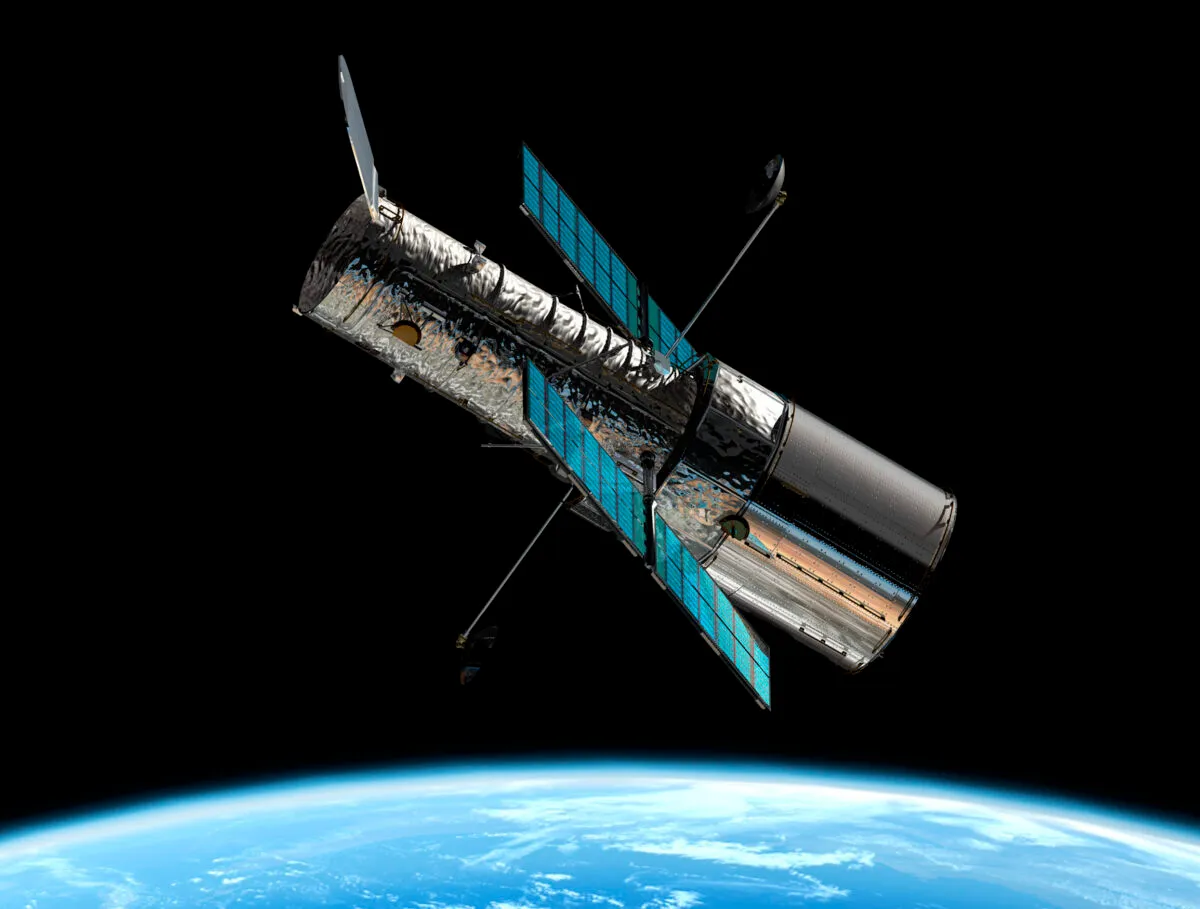
Find out what the Universe really looks like through a telescope.
To help you along the way we’ve provided a chart and a sketch for each object to show you how to find them and what you can expect to see.
And, as many of the targets are Messier objects, you can also consult our complete guide to the Messier Catalogue.
So get dark-adapted and get ready, as we observe our favourite Hubble hits. Once you've completed the list, try our guide to lesser-known galaxies.
10 Hubble targets to see through your telescope
NGC 2392
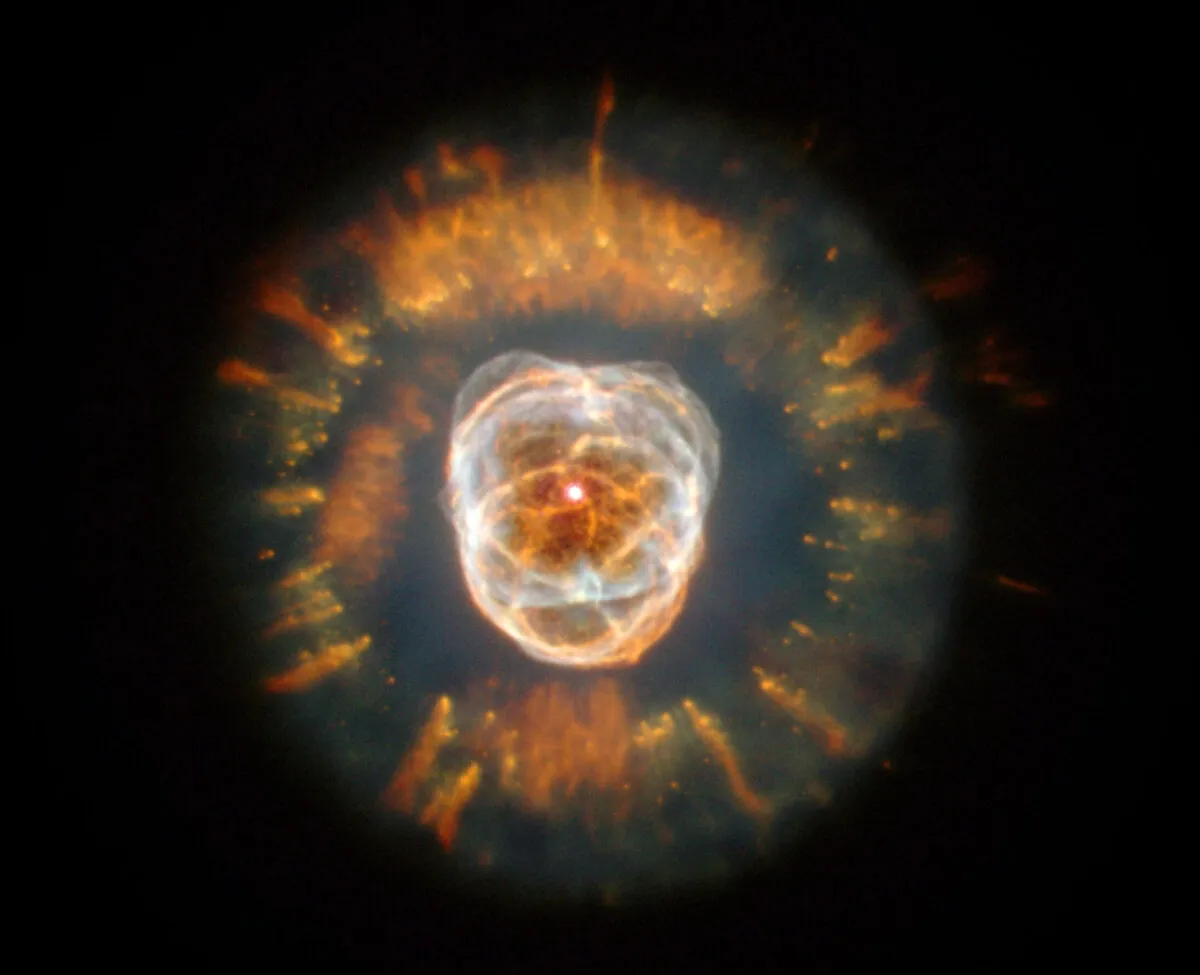
After having its optics refurbished by Space Shuttle astronauts in 2000, Hubble burst back into action with this shot of NGC 2392.
It allowed Hubble astronomers to examine how structures in the planetary nebula – a shell of gas and dust left by a dead star – may have formed.
How to find NGC 2392
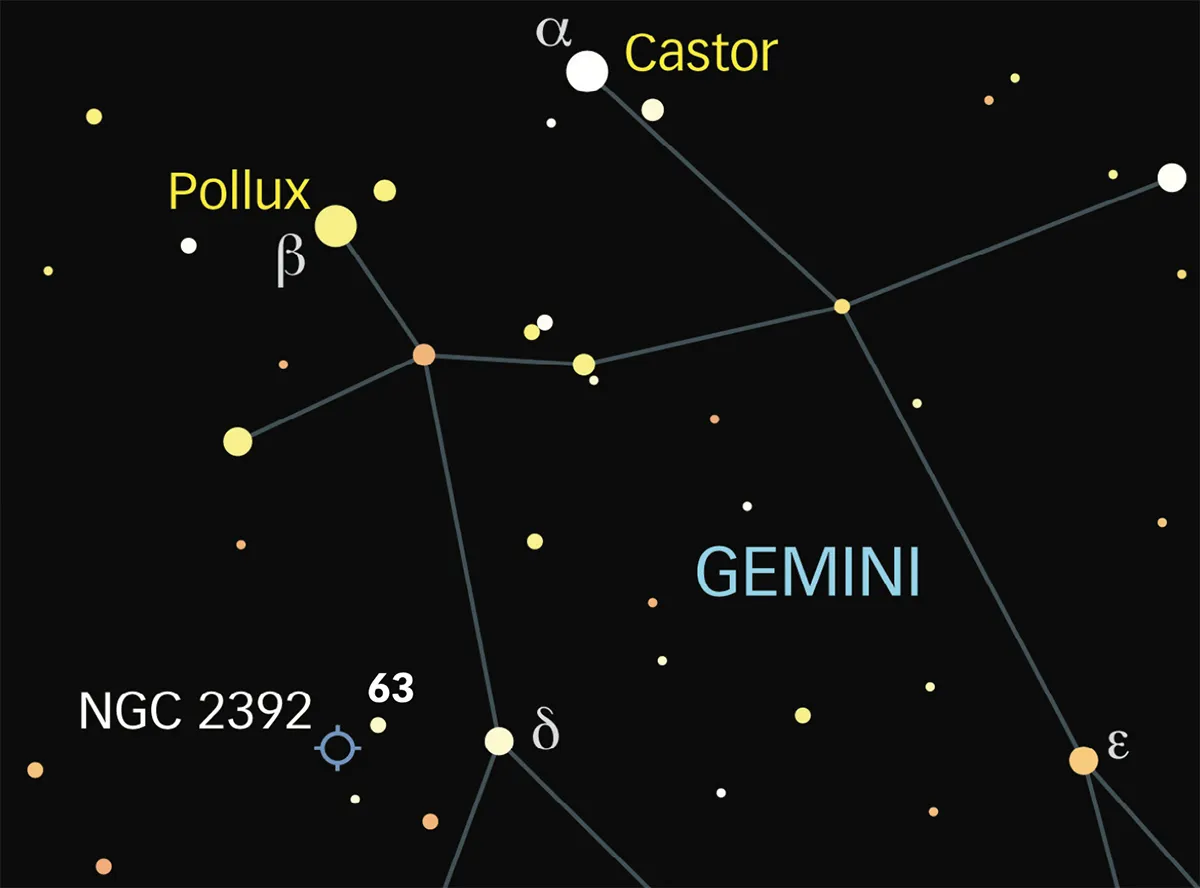
Look for this lovely object in the constellation of Gemini during the winter months. It sits around half a degree below, and a little to the left, of the star 63 Geminorum.
What you'll see
At magnitude +10, NGC 2392 appears like a small, bright circle through a modest telescope such as a 6 to 8-inch reflector. It’s a fascinating target to get in your eyepiece.
The Sombrero Galaxy
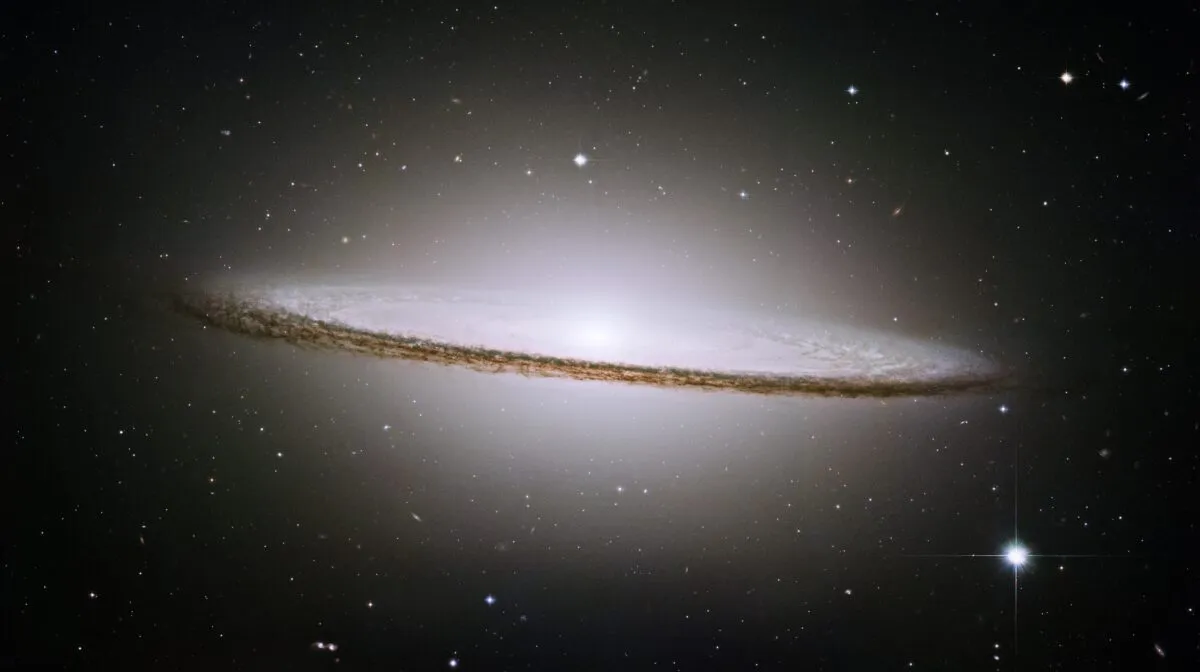
To make stunning Hubble pictures, experts use a mixed collection of images that have been taken for scientific research, usually of different areas of an object.
However, for this image of the Sombrero Galaxy, astronomers were allowed to use the telescope to capture some additional data, purely to make this beautiful image.
How to find the Sombrero Galaxy
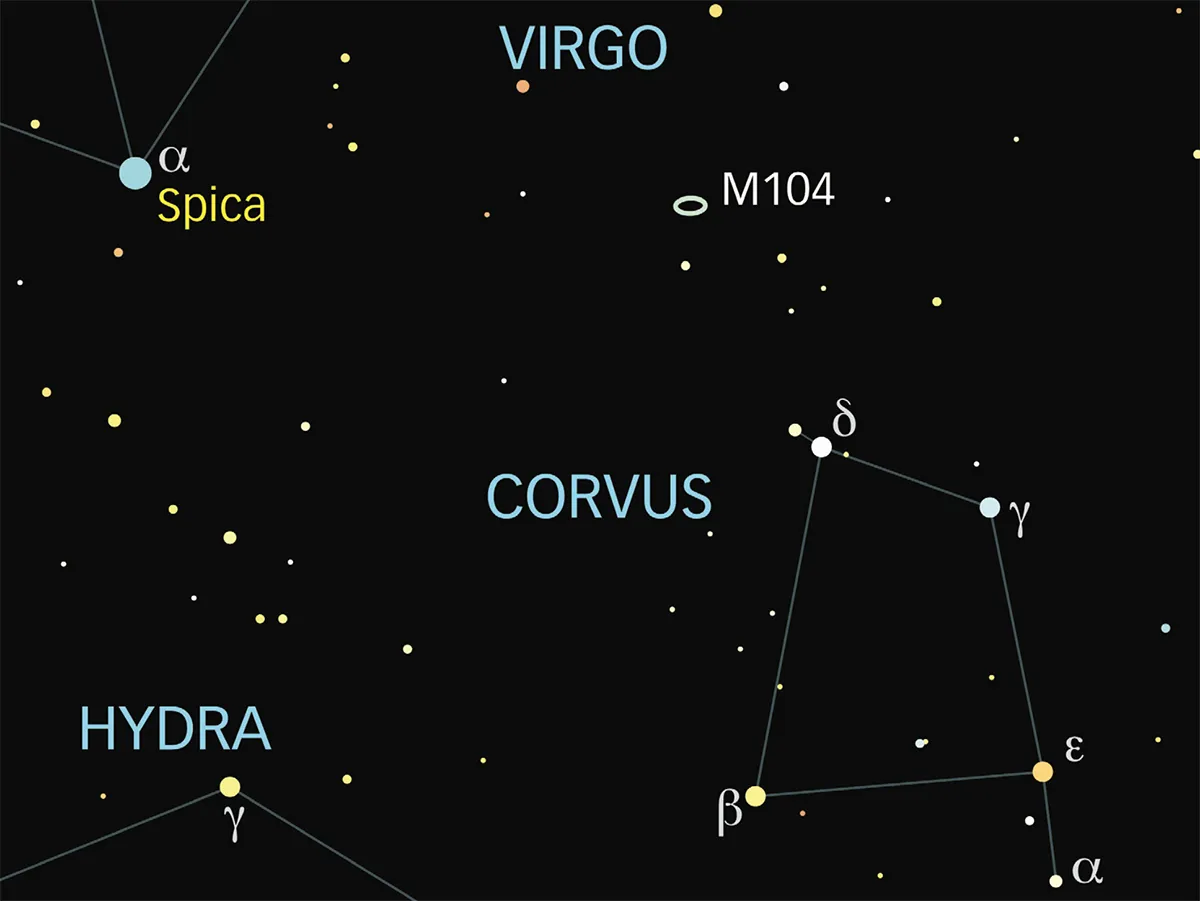
The Sombrero Galaxy is a low object for us in the UK, but absolutely worth a look. You can find it in the south, in mid April, about 12.5o to the right of the bright star Spica.
What you'll see
A 6 to 8-inch reflector will clearly show the elongated ‘cigar’ shape of the Sombrero, while a larger 10-inch telescope will show the dark dust lane that Hubble captured so beautifully.
The Pillars Of Creation
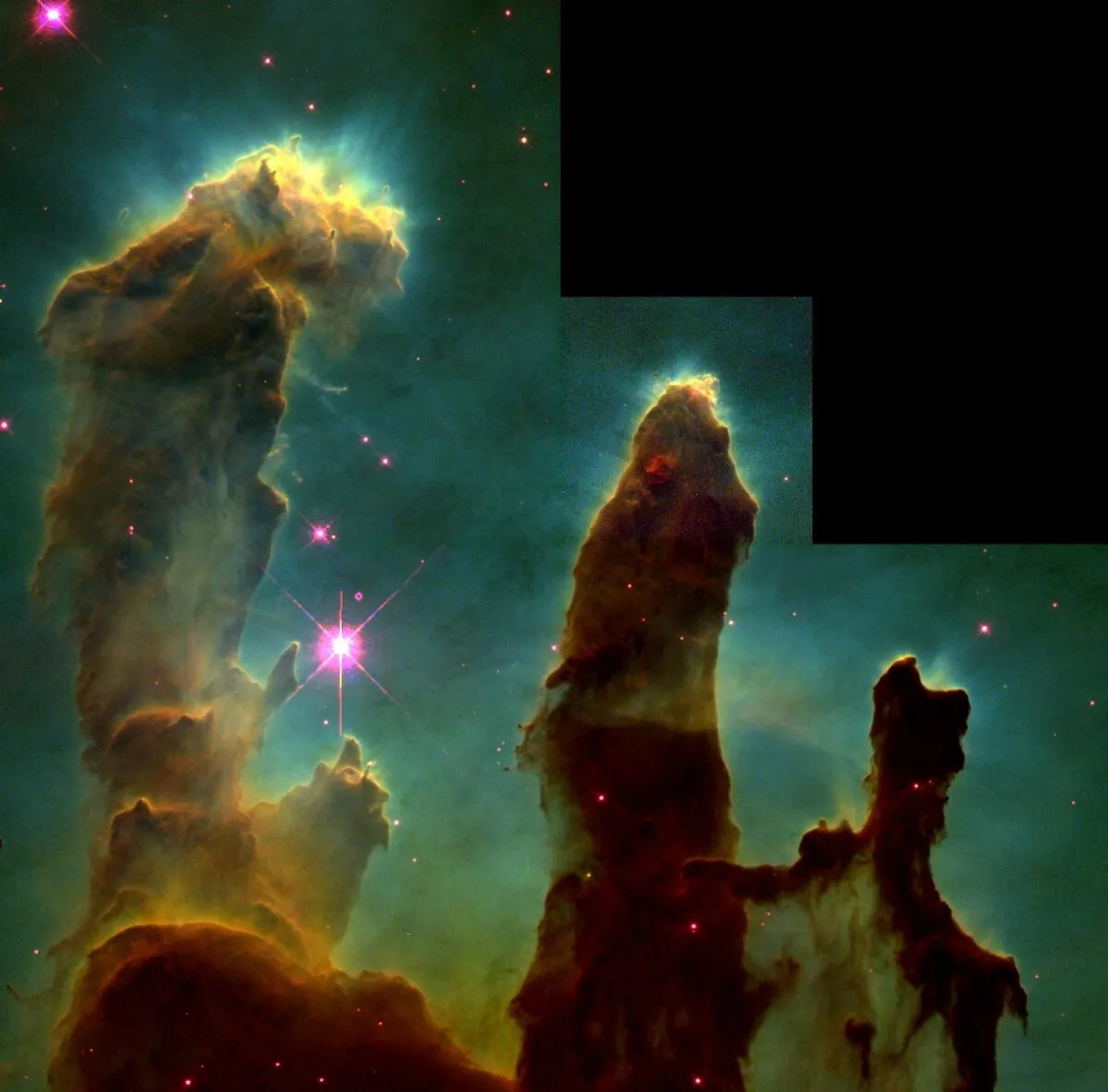
Arguably Hubble’s most iconic image, this picture reveals vast towers of dust and gas in M16, the Eagle Nebula, otherwise known as the Pillars Of Creation.
Astronomers used Hubble to study proto stars emerging from their gaseous cocoons within the nebula.
How to find the Pillars of Creation
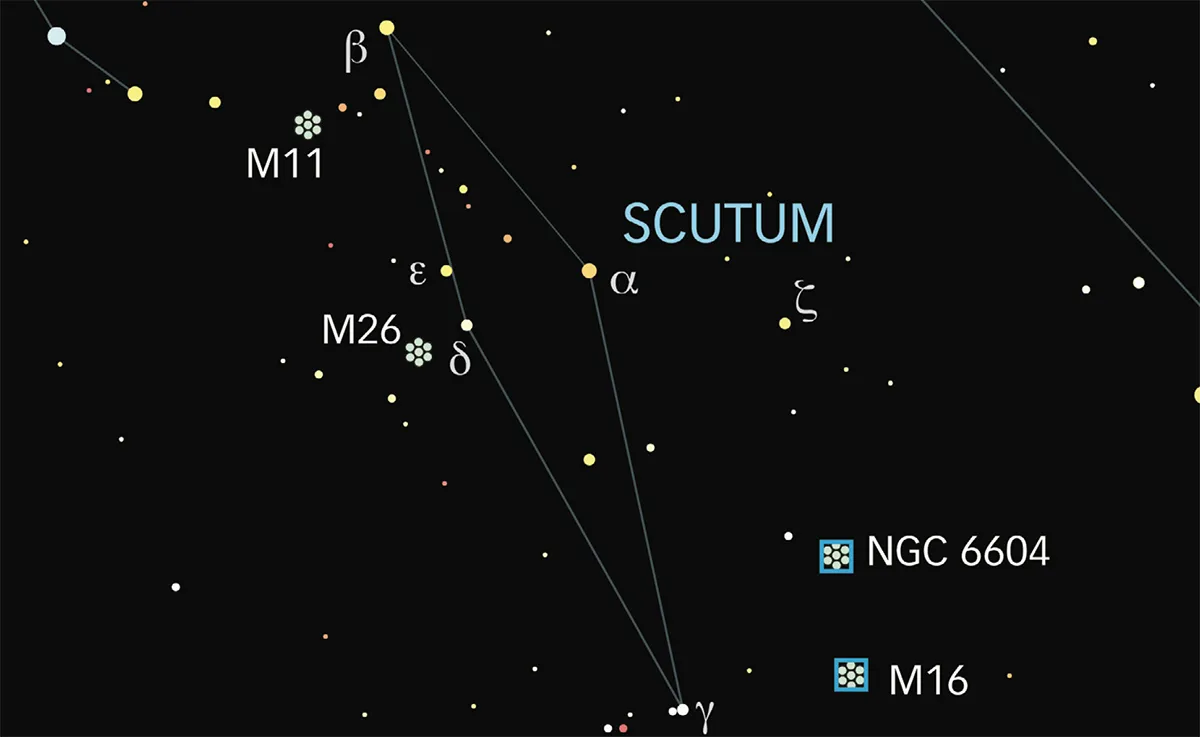
M16 is a fairly low object in the UK. Try looking for it in mid August when it sits about 25° above the southern horizon at around 10pm, just under 3° right of the star Gamma (γ) Scuti.
What you'll see
A 6 to 8-inch scope from dark skies should show the star cluster around the nebula and maybe some faint nebulosity – a thin, misty veil hinting at the clouds of dust and gas captured by Hubble.
The Black Eye Galaxy
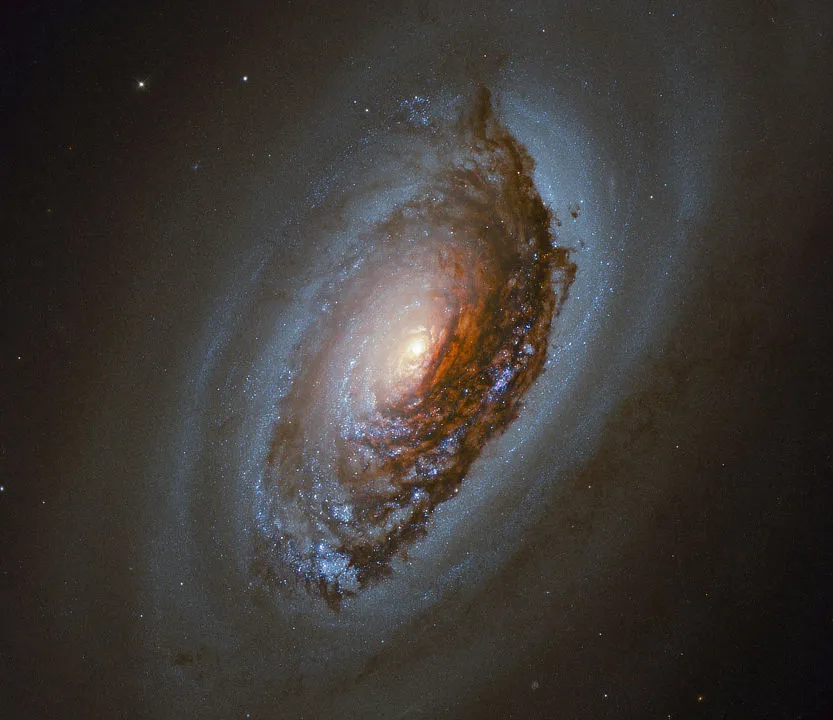
Hubble used its Wide Field and Planetary Camera 2 to observe M64, the Black Eye Galaxy.
It shows huge regions of tumultuous star formation glowing against the dark dust lanes of this striking galaxy.
How to find the Black Eye Galaxy
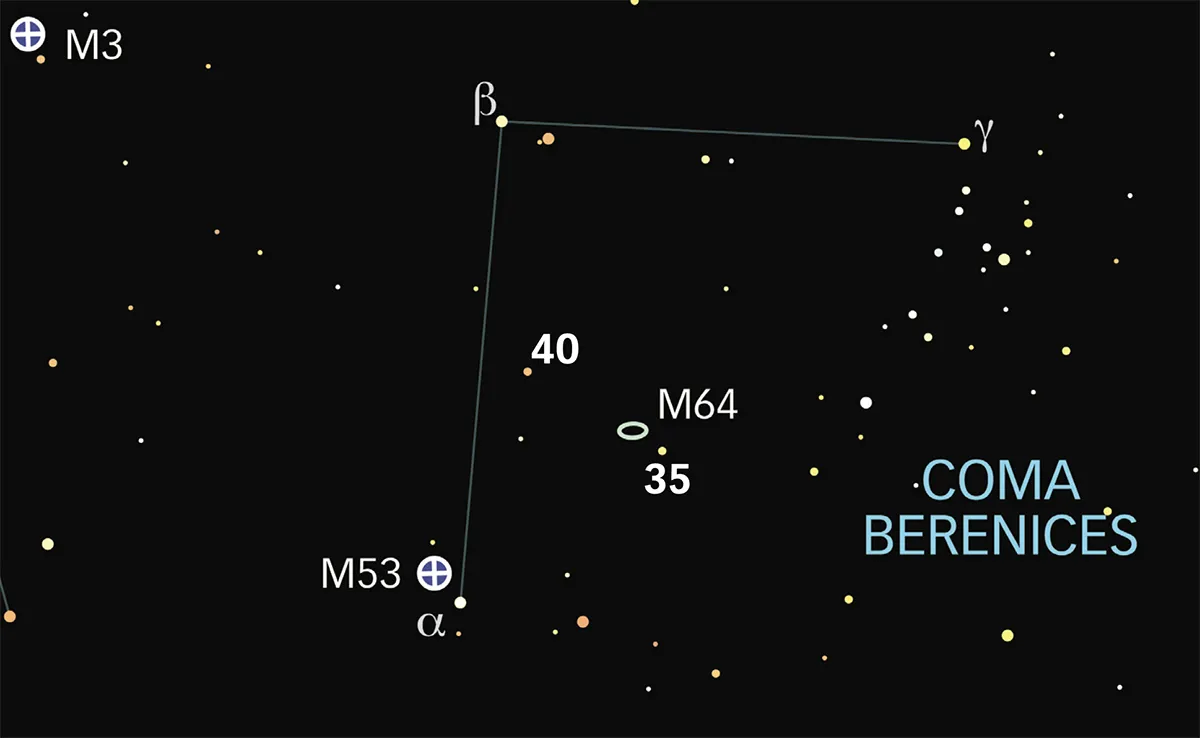
M64 is well placed for observation in late April at around midnight when it is high in the south. You’ll find it just less than a third of the way between the stars 35 and 40 Coma Berenices.
What you'll see
Through an 8-inch reflector the elliptical shape of this interesting galaxy is quite clear. It will require a larger aperture of around 10 to 12 inches to reveal the dark dust lanes that give it its name.
The Crab Nebula
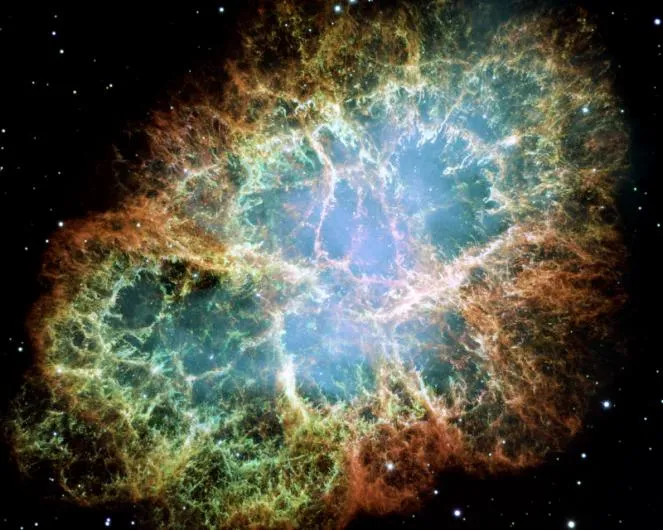
The Crab Nebula, M1, is all that is left of a star that was seen exploding as a supernova in the year 1054.
Today it stretches 6 lightyears across space, the skeletal tendrils of glowing gas all that's left of a once massive star.
How to find the Crab Nebula
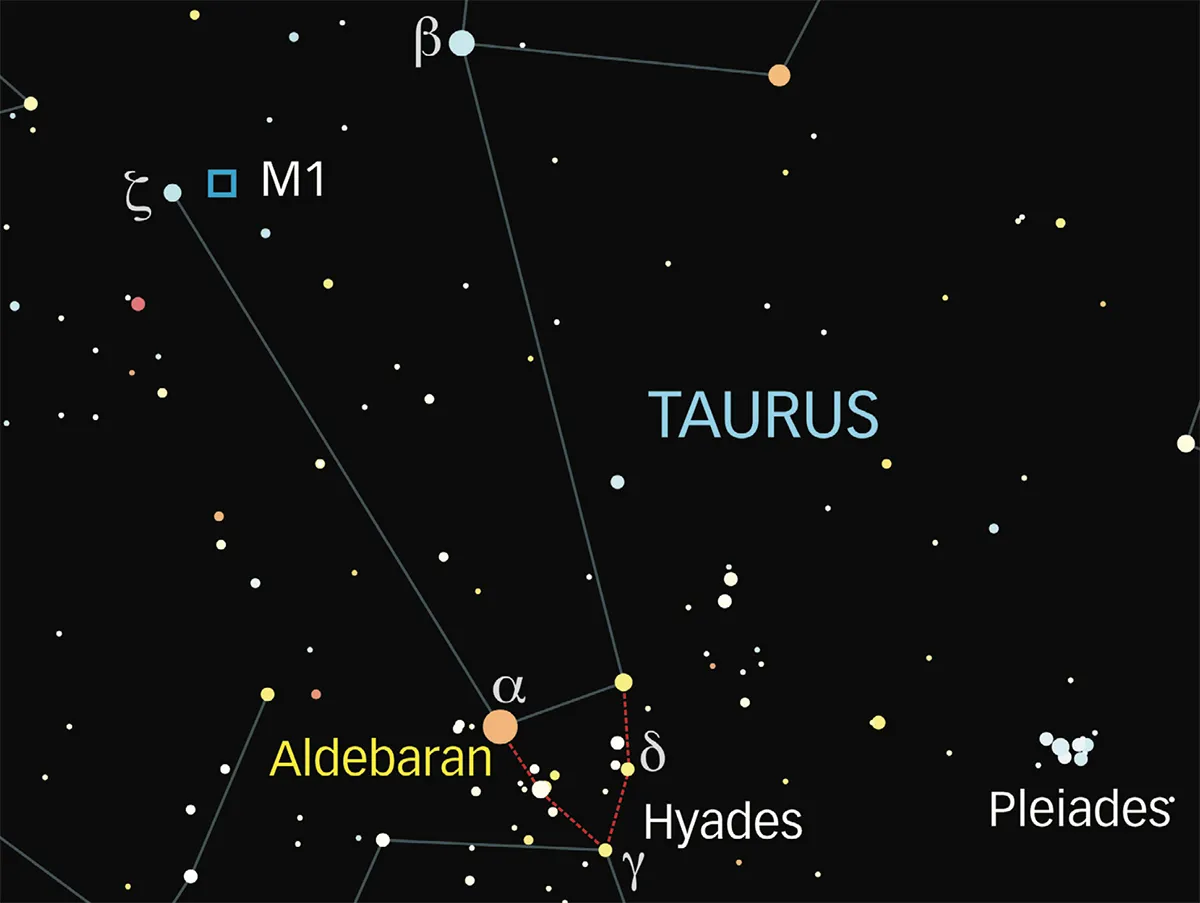
The constellation of Taurus, in which M1 is located, is well placed during the winter months. The nebula itself sits a little way from the bright star Zeta (ζ) Tauri at the top of the Bull’s lower horn.
What you'll see
A small telescope like a 6-inch Newtonian reflector, will show the nebula as a pale oval shape. Larger, 10-inch scopes will reveal more subtle hints of the nebula’s structure.
The Whirlpool Galaxy
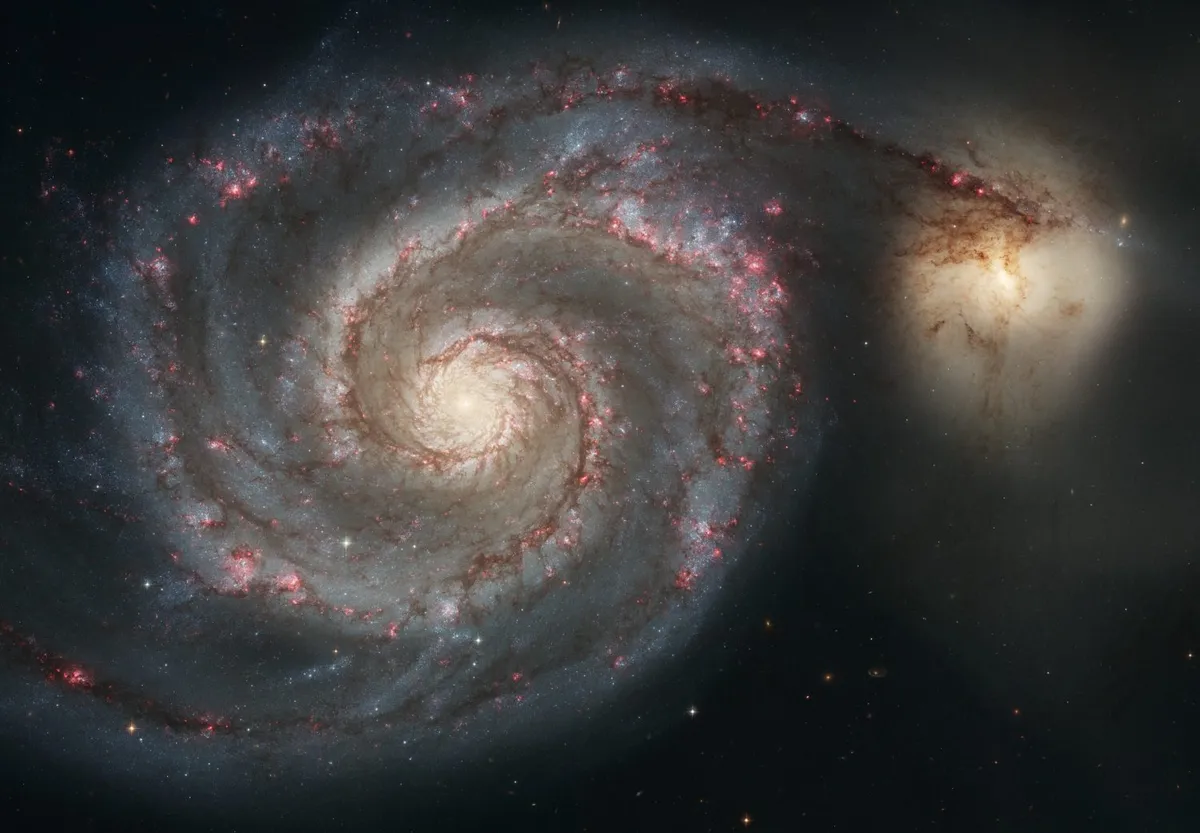
In 2005 Hubble was used to study a supernova that went off in the Whirlpool Galaxy, M51.
Astronomers located the star by looking at Hubble images taken before it exploded and then used its powerful resolution to observe the star as it made its final swan song.
How to find the Whirlpool Galaxy
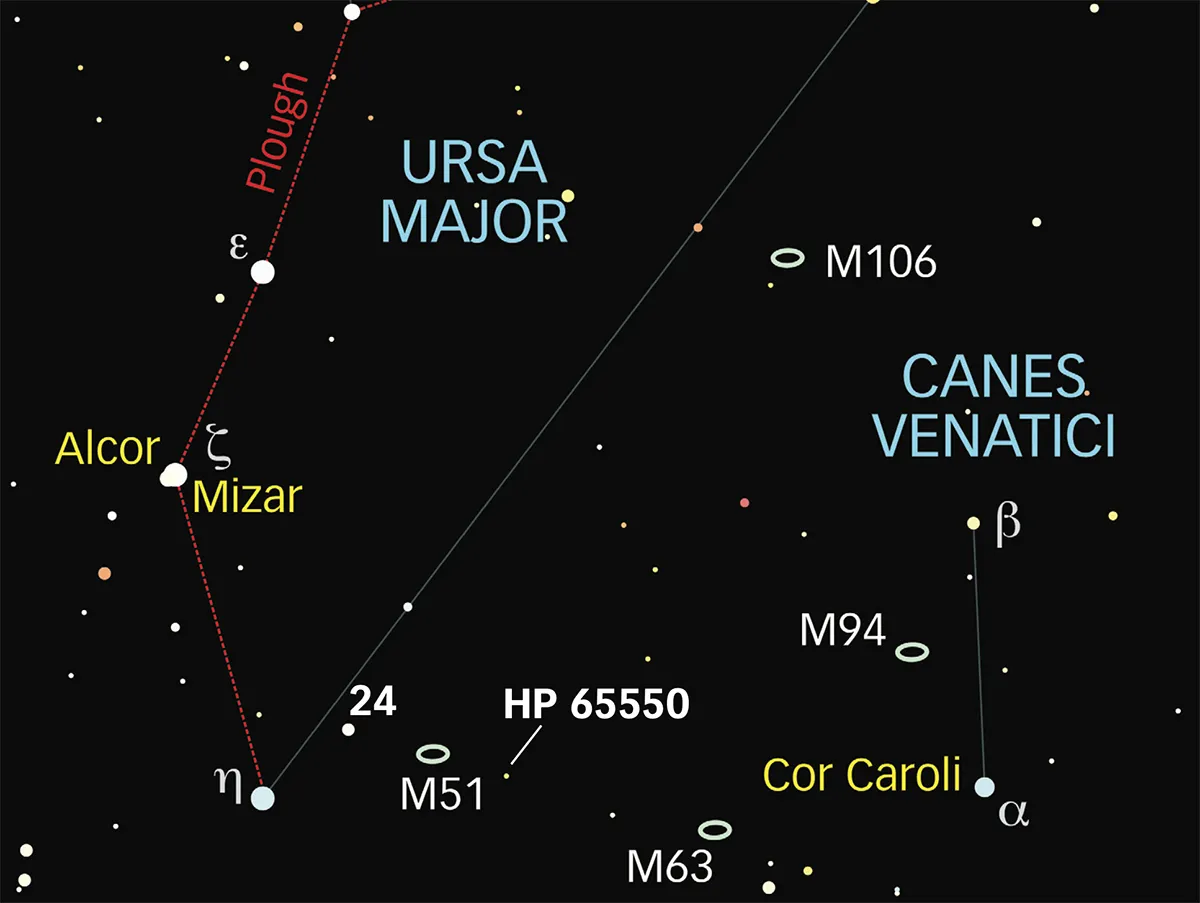
M51 can be found sitting a little less than halfway between the stars HP 65550 and 24 Canes Venatici. It’s visible for most nights throughout the year, but is well placed in late May, being almost overhead at about 11pm.
What you'll see
From a dark site, an 8-inch reflector should reveal the misty oval of the galaxy and a hint of spiral structure.
Bode’s Galaxy
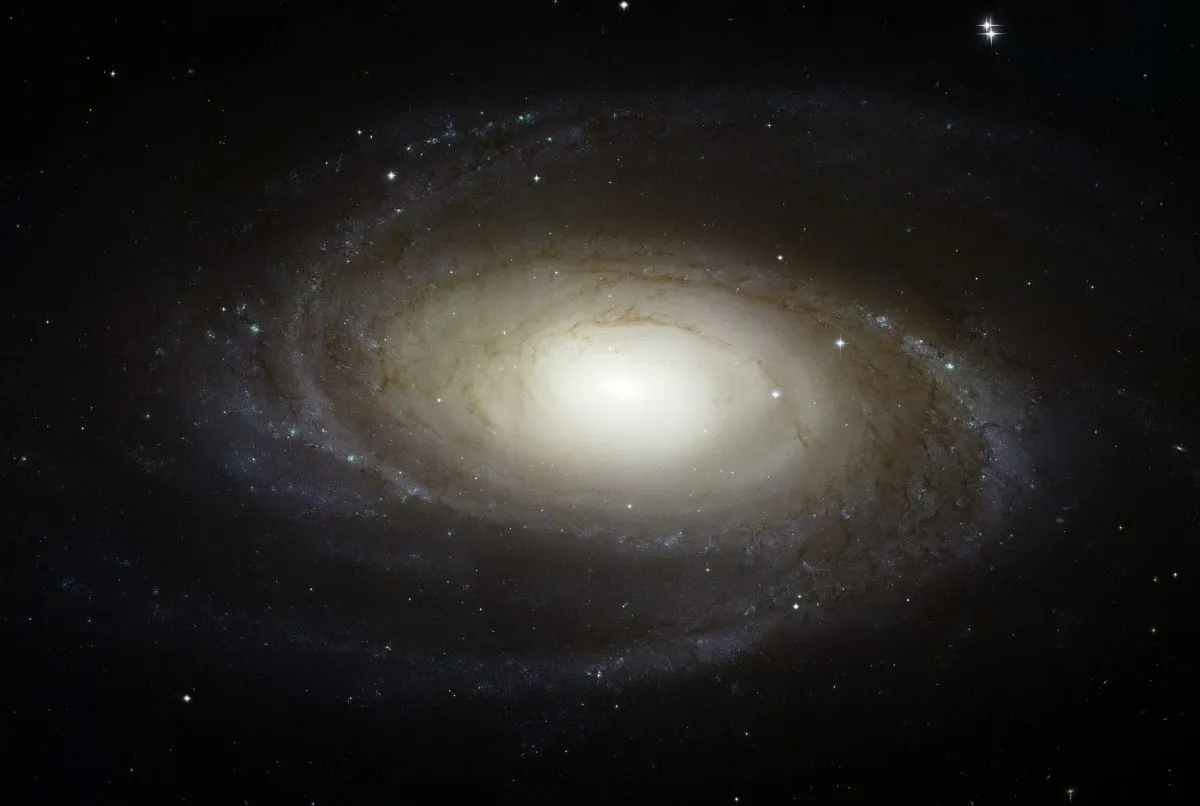
Hubble’s incredible resolution has been able to resolve individual stars in the spiral arms of Bode’s Galaxy, M81.
Its Advanced Camera for Surveys peered at this majestic galaxy in 2004 and 2006 to reveal sparkling gatherings of young blue stars forming in its spiral arms.
How to find Bode's Galaxy
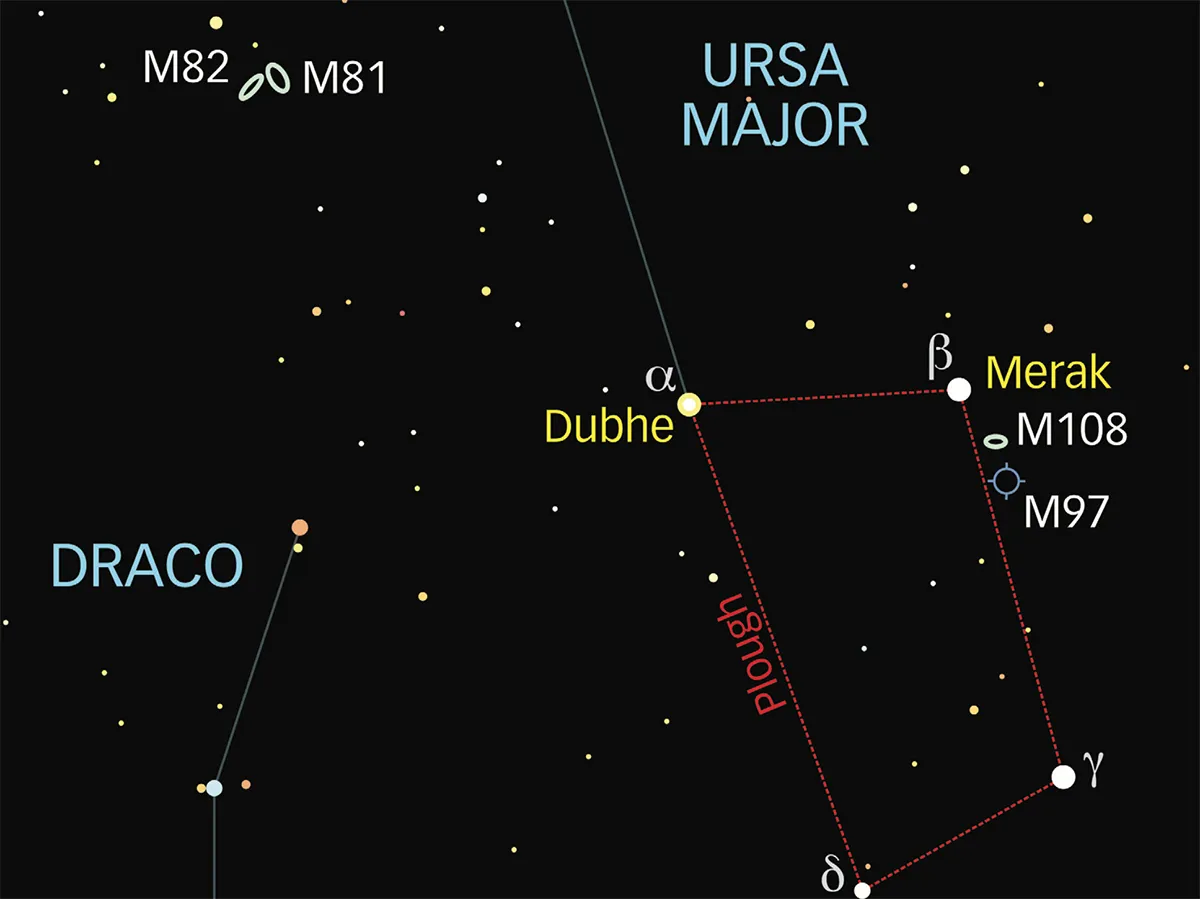
Around early April, M81 sits high in the northeast at about 9:30pm. It can be located by extending a line from the star Gamma (γ) Ursae Majoris through Alpha (α) Ursae Majoris by about the same distance again. The galaxy lies just left of the end of this line.
What you'll see
From clear dark skies, a good pair of binoculars will show M81. A 6 or 8-inch reflector will show it as a glowing elliptical shape with a bright core.
M13
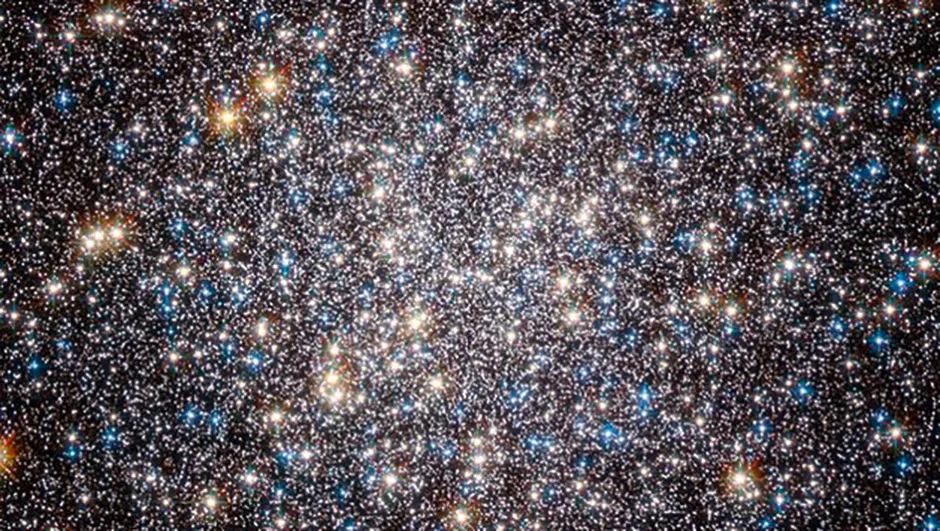
Hubble imaged the globular cluster M13 in Hercules several times to produce the incredible image of the cluster’s core above.
It has also helped astronomers study unusual stars known as ‘blue stragglers’ within the cluster.
How to find M13
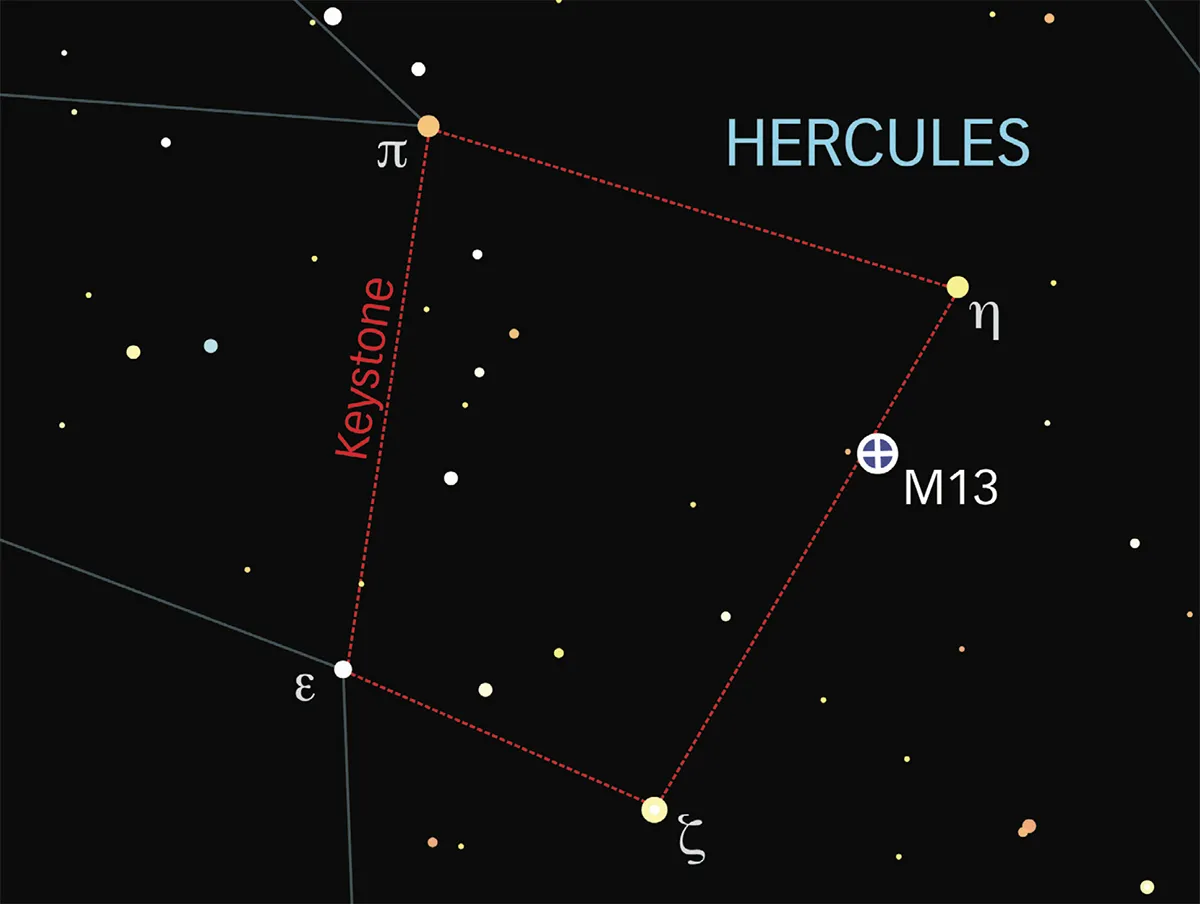
You’ll find M13 about a third of the way between Eta (η) and Zeta (ζ) Herculis. It’s well placed for observation in June around midnight, in the south.
What you'll see
M13 is a fine sight even through small telescopes. For example, a 3-inch scope will show it as a fuzzy circular patch, while larger scopes will begin to resolve more and more stars in this stunning cluster. You’ll be blown away by the view through an 8-inch scope.
The Ring Nebula
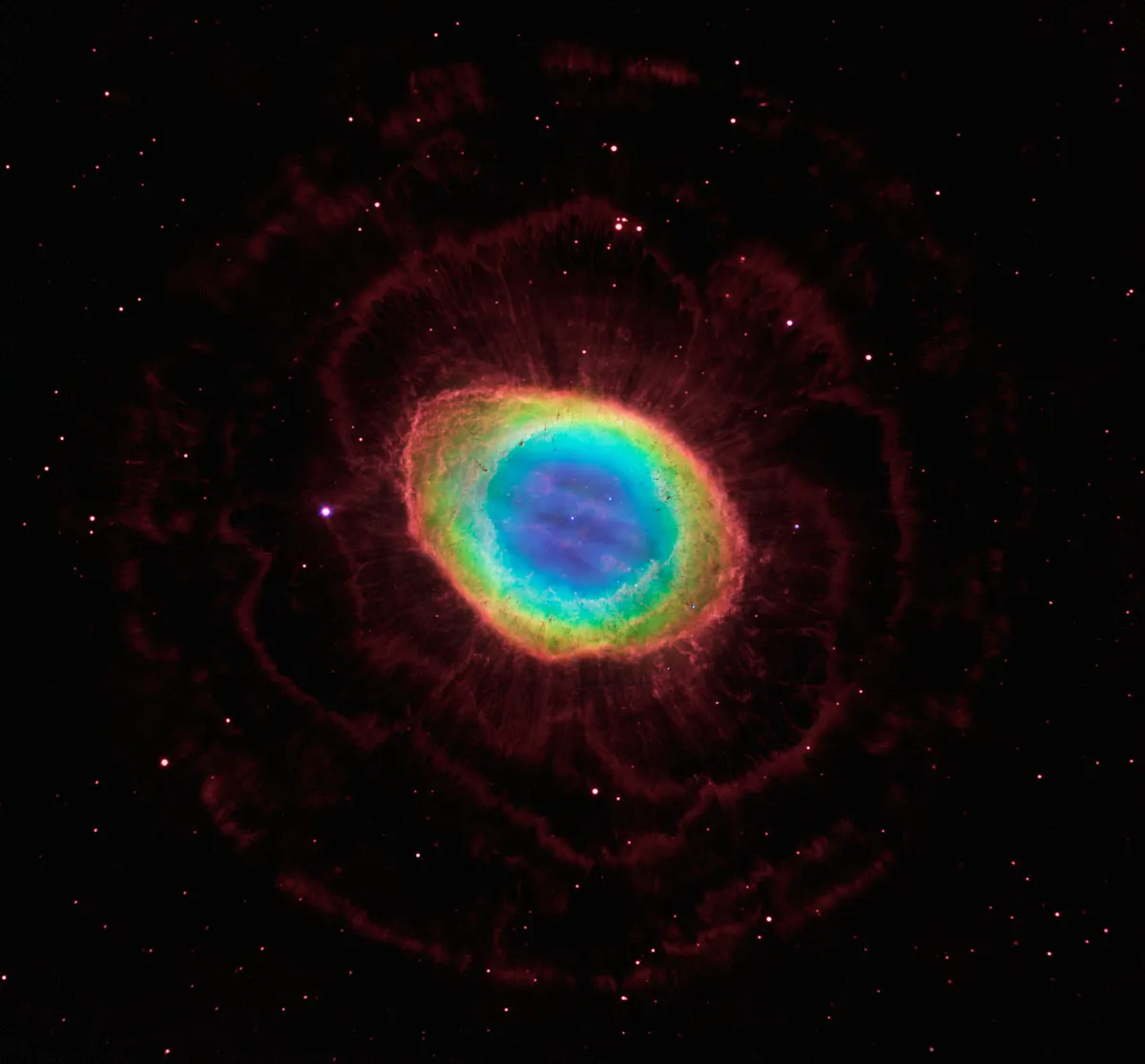
Observing the Ring Nebula (M57) in 1998, Hubble showed that the nebula is in fact a long tube shape, rather than being a sphere of gas ejected by the dead star at its centre.
How to find the Ring Nebula
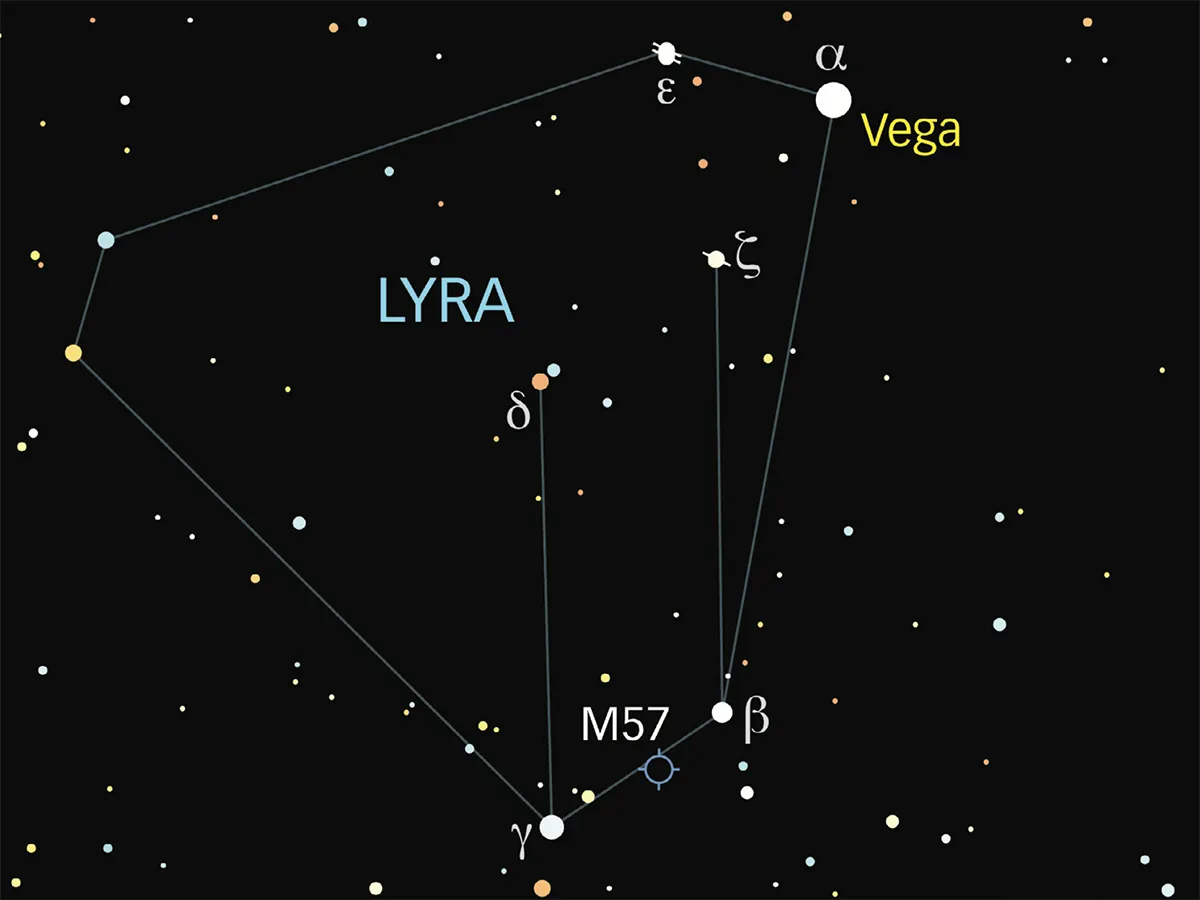
M57 sits high in the south at midnight in late July and early August. It can be found quite easily between the bright stars Gamma (γ) and Beta (β) Lyrae in the constellation Lyra.
What you'll see
Through a 6-inch telescope you can expect to see the nebula as a smoky grey ring. Using the technique of averted vision will make it more obvious. Larger telescopes will show the ring shape more clearly.
The Orion Nebula
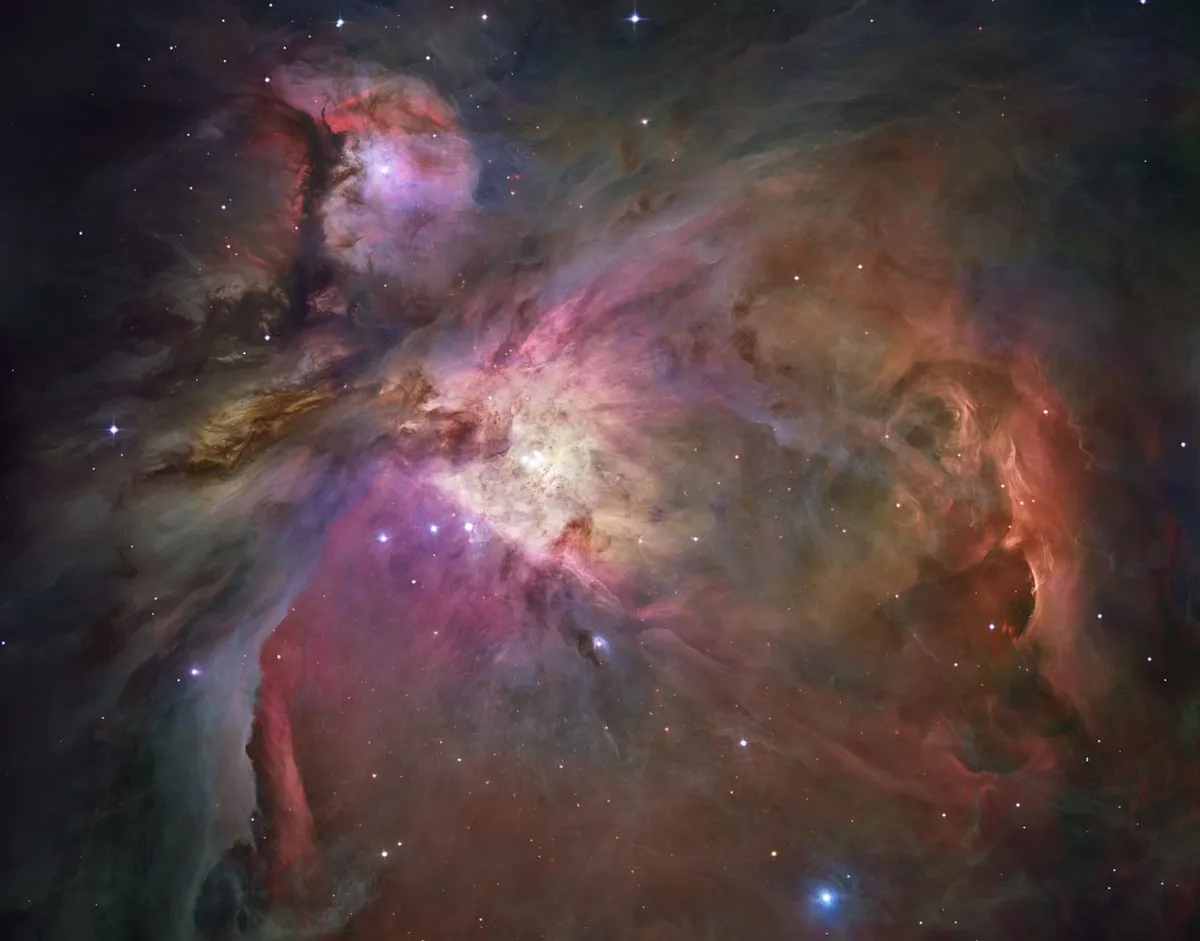
Hubble has observed the Orion Nebula (M42) many times, showing plenty of dusty discs within it from which planets may form, as well as studying its rampant star formation.
How to find the Orion Nebula
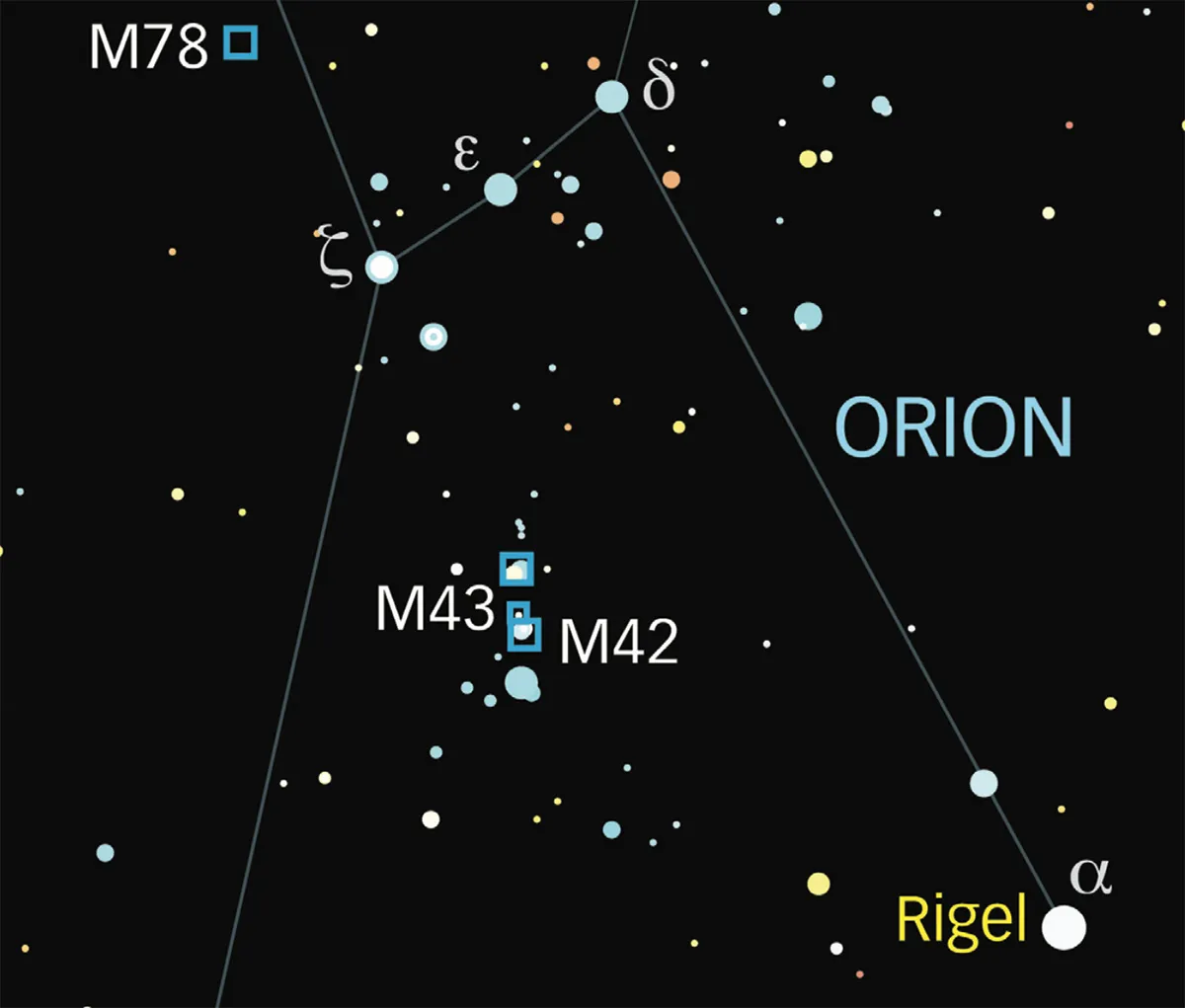
M42 can be found very easily as the middle ‘object’ in Orion’s Sword, part of the Orion constellation, and is best seen throughout the winter months. It’s possible to see it with the naked eye from a dark site.
What you'll see
Even a small telescope will show this beautiful nebula as a misty blue-white patch of nebulosity. Larger scopes will show the subtle details in the ghostly arms that envelope the central stars.
How many Hubble targets have you ticked off the list? Did you manage to photograph any? Let us know by emailing contactus@skyatnightmagazine.com or get in touch via Facebook, Twitter and Instagram.

